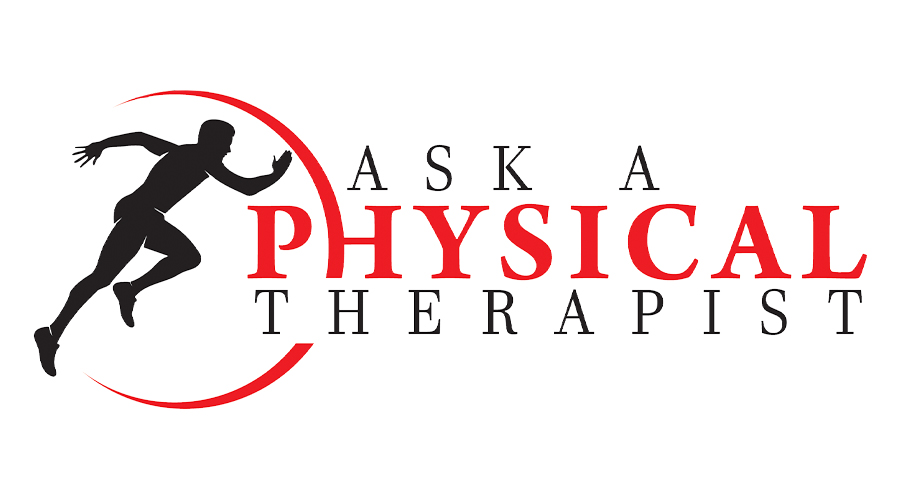ASK A PHYSICAL THERAPIST
- 27 Apr - 03 May, 2024

Q: My seven-year-old daughter has been diagnosed with a brachial plexus injury, rendering her unable to move her right arm. This occurred after her arm was pulled. Please advise accordingly.
A: The brachial plexus, a network of nerves running from the cervical spine through the neck, axilla, and into the arm, can sustain injury through various means such as contact sports, road traffic accidents, motor vehicle accidents, or during birth. These injuries can broadly be categorized as traumatic (e.g., motor vehicle accidents, contact sports) or non-traumatic (e.g., obstetric palsy).
The delicate nature of the nerve network makes it susceptible to damage from stretching, pressure, or cutting. Stretching injuries can occur when the head and neck are forcibly moved away from the shoulder, as in motorcycle falls, sometimes resulting in nerve avulsion. Pressure injuries may arise from the compression of the brachial plexus between the collarbone and first rib or from swelling in the area due to muscle or other tissue damage. Both traumatic and non-traumatic events typically involve two constant mechanisms: traction and heavy impact, which disrupt the nerves of the brachial plexus, leading to injury.
Traction, also known as stretch injury, occurs when the nerves are forcefully pulled due to the widening of the shoulder and neck angle, resulting in tension and potential lesions. Downward traction involves tension in the arm, leading to broadening of the neck and shoulder angle, potentially causing upper root and trunk nerve lesions. Upward traction widens the angle between the arm and chest, as seen when the arm and shoulder are forced upward.
Heavy impact to the shoulder is another common mechanism of brachial plexus injury, potentially causing lesions across all nerves of the brachial plexus, with severity influenced by the impact location. Impact events such as shoulder dislocation, clavicle fractures, arm hyperextension, and certain childbirth scenarios can result in injury.
Erb's Palsy, caused by upper trunk injury, leads to paralysis due to excessive head-to-shoulder separation, commonly occurring during birth, falls on the shoulder, or under anesthesia. Klumpke's Paralysis, stemming from lower trunk injury, is caused by arm abduction, as in tree branch clutching during a fall or in certain birth injuries, resulting in a claw hand deformity.
Treatment for brachial plexus injuries varies based on type and severity, ranging from physiotherapy and rehabilitation for mild cases to surgery and bracing for severe cases. The overarching goal remains consistent: to restore previous function levels and prevent disability. Treatment methods encompass strength, flexibility, coordination development, maintenance of range of motion, functional training, pain management, and surgery if necessary, with physiotherapists playing a crucial role in post-surgery rehabilitation. Clients need to understand that rehabilitation may span years rather than weeks.

Q: Doctor, my father is experiencing difficulty swallowing. Could you please advise if physical therapy might be beneficial?
A: Proper assessment is crucial to confirm the diagnosis and gain a clear understanding of the patient's condition. It appears that he is experiencing dysphagia, which entails difficulty swallowing liquids or solid foods due to disruptions in the swallowing mechanism from the mouth to the pharynx. Dysphagia can lead to severe complications such as aspiration pneumonia, dehydration, malnutrition, and even death due to choking. These difficulties can stem from structural or functional issues, impacting any of the four stages of the swallowing process.
Issues in the oral stage of swallowing may manifest as drooling, dehydration, a sensation of food being trapped in the oral cavity, and difficulties with chewing and mastication. Dysfunction in the pharyngeal stage can result in impaired swallowing initiation and a feeling of bolus retention in the pharynx, potentially leading to nasal regurgitation and aspiration due to insufficient upper esophageal sphincter (UES) opening. Esophageal dysfunction, though often asymptomatic, can cause a sensation of food retention in the esophagus, increasing the risk of food aspiration.
Rehabilitative exercises aim to modify and enhance swallowing physiology in terms of force, speed, or timing, to produce a lasting effect compared to short-term compensatory interventions. These exercises involve retraining the neuromuscular systems to induce neuroplasticity, as consistent and intensive muscular engagement can prompt changes in neural innervation and movement patterns. Rehabilitation exercises can be broadly categorized into swallowing exercises and non-swallowing exercises, incorporating various maneuvers tailored to the individual's needs.
COMMENTS